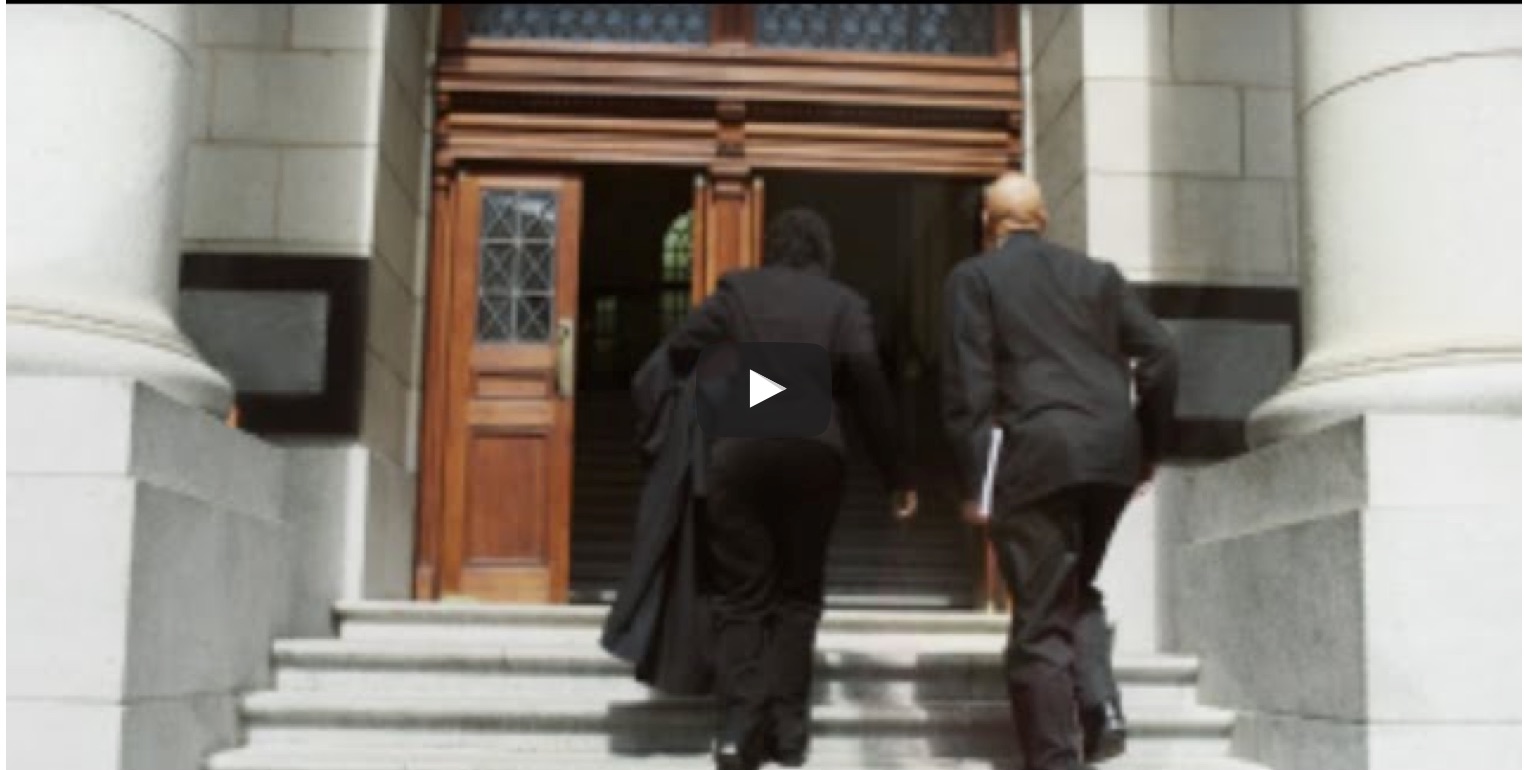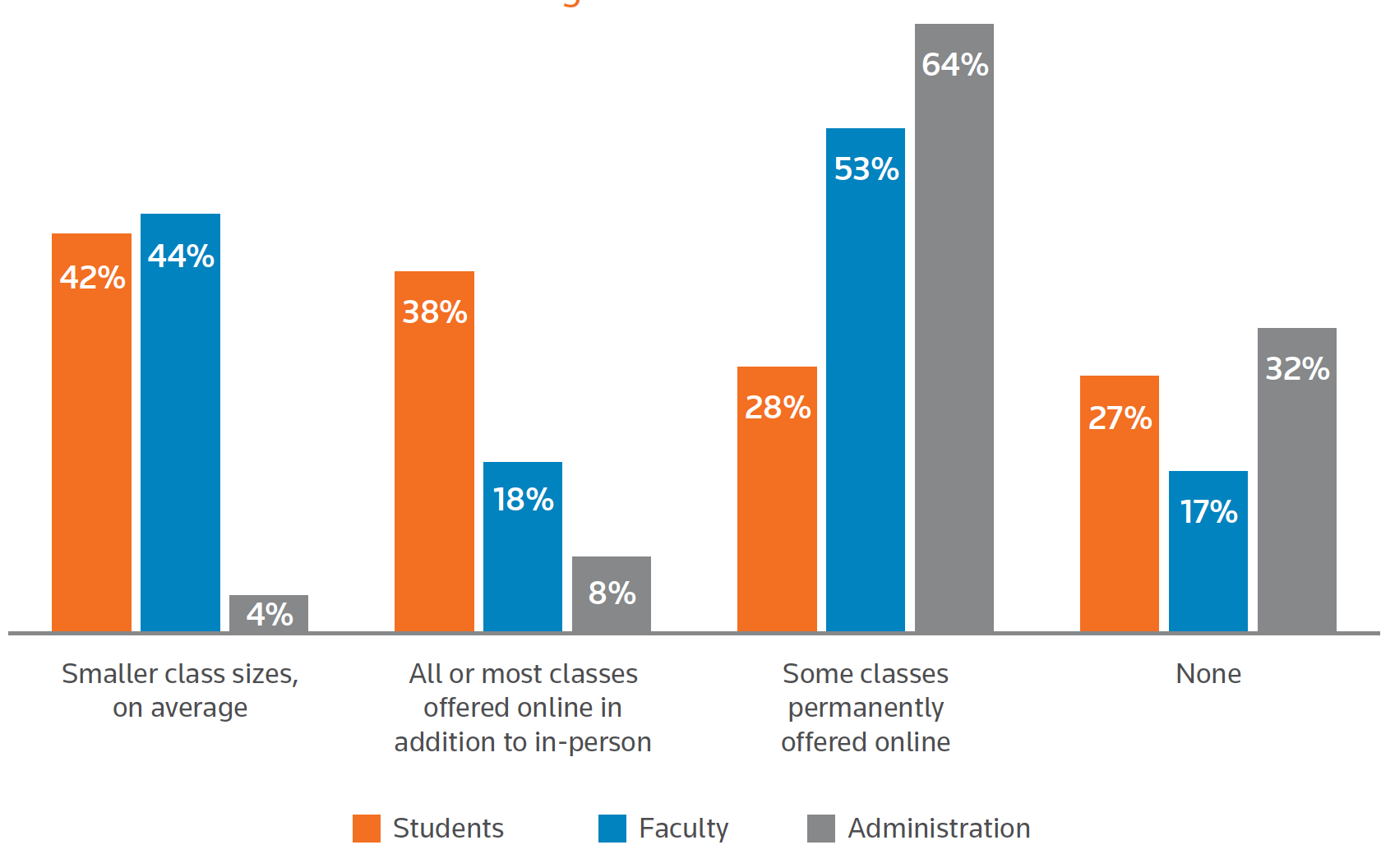
Thomson Reuters Institute (2020) Law Schools and the Global Pandemic Thomson Reuters (no date: report accessed December 19), pp.16
Holiday reading (for me)
I’m going to take advantage of the holiday break to catch up on research reports on online learning during the pandemic. They will be reviewed and added to ‘Research reports on Covid-19 and emergency remote learning/online learning.’ I don’t expect you to read these over the holiday but they will be here waiting for you when you come back.
As always, if you are interested in my summary, please read the actual research report. I’m noticing that mainstream media reports tend to focus on the negatives of online learning. Just remember that ‘25% of students reported major difficulties in accessing their courses online’ is significant, but it also means that 75% did NOT have major difficulties. It’s not so much the reporting itself that is biased – it’s the editorialising and headlines that are – so it is always wise to read the actual reports themselves. And remember too that I have my own bias, which tends to be favourable to online learning (oh, you’ve noticed).
For a summary of all 15 reports to date, go to Research reports on Covid-19 and emergency remote learning/online learning
Online learning and law schools
Pre-Covid, law schools and especially law accrediting agencies in North America have been pretty conservative in the past with regard to online or more accurately distance learning (see Online education and the professional associations: the case of law, for more details on the situation in 2018).
We can then fairly safely assume that most of these schools would have had no or little prior experience of online learning before March of this year. So it is interesting that 89% of students in law schools in the USA responding to a Thomson Reuters survey reported that during Covid-19 they were taking classes entirely online.
The report
The survey was sponsored by Thomson Reuters to
- ‘better understand the response of law schools to this new reality, and to illuminate the challenges and opportunities they face in the coming semesters….
- the survey also unearthed opportunities for law schools to take a step back and consider what the future of legal education might look like, given a newly accelerated acceptance of online instruction.’
Methodology
There is nothing in the report about the methodology, other than it was a survey of 2,897 law school students, faculty, and administrators in August 2020.
We do not know the split in responses between students, faculty and administrators, nor the geographical area covered (which I am assuming is the USA, as the survey was brought to my attention by an article in the ABA Journal, which is the flagship publication of the American Bar Association. Yes, I know, I should get a life, instead of reading this stuff).
Nor are we told the number or type of institutions surveyed, or even if The Thomson Reuters Institute polled only those law schools offering online courses during Covid-19.
It appears that students, faculty and administrators were given the same statements to rank on a 10 point scale, from ‘Not challenging’ to ‘Very challenging.’
Given these limitations, one needs to be very careful in interpreting the results, but nevertheless I found some of the results intriguing.
Results
Overall, the survey found a high level of alignment between students, faculty, and administrators. This level of camaraderie was likely heightened by the necessity of responding to the pandemic. However, this fellowship broke down on some issues, demonstrating a disconnect between administrators and faculty and students.
Students
- While students understand that faculty are doing the best they can in a difficult situation, they are nonetheless concerned about the value of the legal education that they are receiving online. (This must have been in the open-ended comments, as there was no statement in the survey that directly matched this concern).
- Students’ biggest challenge, by far, is staying engaged with online classes. 62% percent rated this as highly challenging.
- 53% of students rated their learning environments challenging, with often difficulties studying at home, no access to campus facilities. or even coffee shops.
- 52% students expressed frustration with a lack of clear guidance from their administrations and the lack of a voice in how schools negotiated the pandemic.
- 49% of students expressed concerns about faculty ability to accurately assess student
performance during the pandemic.
Faculty
Overall, faculty ranked the challenges overall less than students.
The most concern was with students staying engaged with online classes, with 42% of faculty finding this challenging, compared with 62% of students.
Otherwise barely a third of faculty or less rated the other statements as very challenging.
Administrators
Administrators were also concerned by students staying engaged with online classes (52%), but they were even more concerned than students or faculty about the learning environment at student or faculty homes (64%). None of the other statements regarding challenges with respect to administrators reached 50%, although 48% were concerned about student and faculty access to technology.
While it is tempting to look at what students, faculty and administrators found most challenging, it is also interesting to look at what they found not at all challenging.
While a relatively small proportion of students (at least 20%, up to 44%) found few of the statements not challenging, more than half the faculty felt few challenges on the following:
- resistant/uncooperative students (72% did NOT see this as a challenge)
- inadequate communication with administrators (64%)
- faculty communication with students (63%)
- inability to teach critical content remotely (58%)
For administrators, the least challenging area was resistant/uncooperative faculty. 56% reported this as not being a challenge.
There is also a fair degree of angst among students about the quality of what they are learning online, and especially the value for money. 30% of students gave a low score to the value for money of their law programs. Also about a third of students – 34% – gave low scores to the general quality of legal technology training they were receiving.
The survey also had information about student, faculty and administrator preferences for ‘returning to normal.’
However, for me the most interesting results are in the graph below:
Preferences for permanent changes

Yes, more than 38% of law students would like a mix of online and in-person classes, and 53% of faculty would like some classes permanently online. As the report states:
It seems clear that at least some level of online instruction will continue in the future, and that online learning will become widespread for at least some types of classes.
Given that there was almost no online learning in law schools in the USA pre-Covid 19, this is a significant conclusion.
My comments
I’ve already mentioned that there are methodological problems with this survey (mainly in the omission of important information about the sample.) Also it would have been good to know what student, faculty and administrator views on these issues were before Covid-19, especially regarding perceptions of value for money of law programs.
As with all studies about student, faculty and administrator views on emergency remote learning, it has to be borne in mind that the issue is not whether online learning is worse than in-person teaching, but whether the move to emergency remote learning produced a good enough experience to enable students to complete their studies successfully.
Unfortunately no studies can be published on this at the moment, because we won’t have the data to make such judgements for at least another year or so. However, I can understand students’ concern that the degree of 2020 or 2021 might be considered less than kosher in future years, which is why it is important to improve the online experience. This brings me to my next point.
Unlike most other subject disciplines, law was clearly lagging in its use of online learning pre-Covid. The report also includes criticism by students of the teaching of legal technology. Law is no less impacted by a digital society.
In particular, the concerns about student engagement in online learning are serious, but avoidable and fixable by following prior best practices regarding building an online community, instructor presence, and online student moderating.
Law schools then clearly have a lot of catching up to do. This report, for all its flaws, provides enough evidence for a conviction – or at least for probation.









 Dr. Tony Bates is the author of eleven books in the field of online learning and distance education. He has provided consulting services specializing in training in the planning and management of online learning and distance education, working with over 40 organizations in 25 countries. Tony is a Research Associate with Contact North | Contact Nord, Ontario’s Distance Education & Training Network.
Dr. Tony Bates is the author of eleven books in the field of online learning and distance education. He has provided consulting services specializing in training in the planning and management of online learning and distance education, working with over 40 organizations in 25 countries. Tony is a Research Associate with Contact North | Contact Nord, Ontario’s Distance Education & Training Network.

